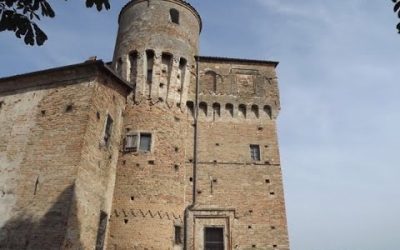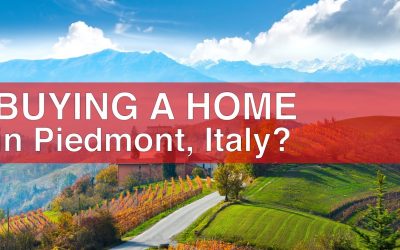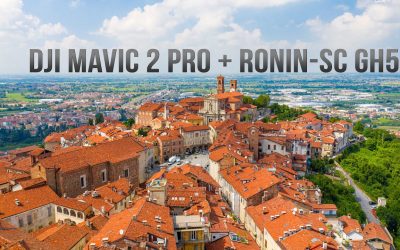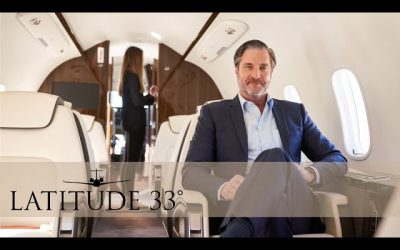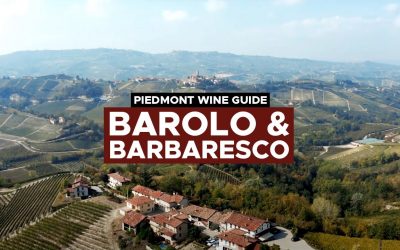Investment in Langhe Vineyards, Alba, Barolo, Barbaresco
For centuries, the rolling hills and verdant valleys of the Langhe region in Piedmont, Italy, have been home to some of the world’s most prestigious vineyards. This land, celebrated for its noble vines and exceptional terroir, produces wines of unparalleled quality and complexity, such as Barolo and Barbaresco. These wines have long been adored by wine enthusiasts worldwide, giving the region a reputation for producing ‘liquid gold’.
Given its reputation, it comes as no surprise that investing in Langhe’s vineyards has become increasingly attractive. Whether you’re a passionate oenophile dreaming of producing your own label, a savvy investor looking for an enticing venture, or simply drawn by the region’s beauty and lifestyle, buying a vineyard in Langhe can offer numerous rewards.
However, as with any investment, vineyard ownership comes with its own unique set of challenges and demands. Therefore, careful planning, thorough research, and a deep understanding of the wine tourisn and industry are crucial to ensure your venture is not just a passionate pursuit but a profitable investment. This guide aims to provide an overview of what potential investors should know when considering a venture into the enticing world of Langhe vineyards.
Investment in Langhe Vineyards, Alba, Barolo, Barbaresco
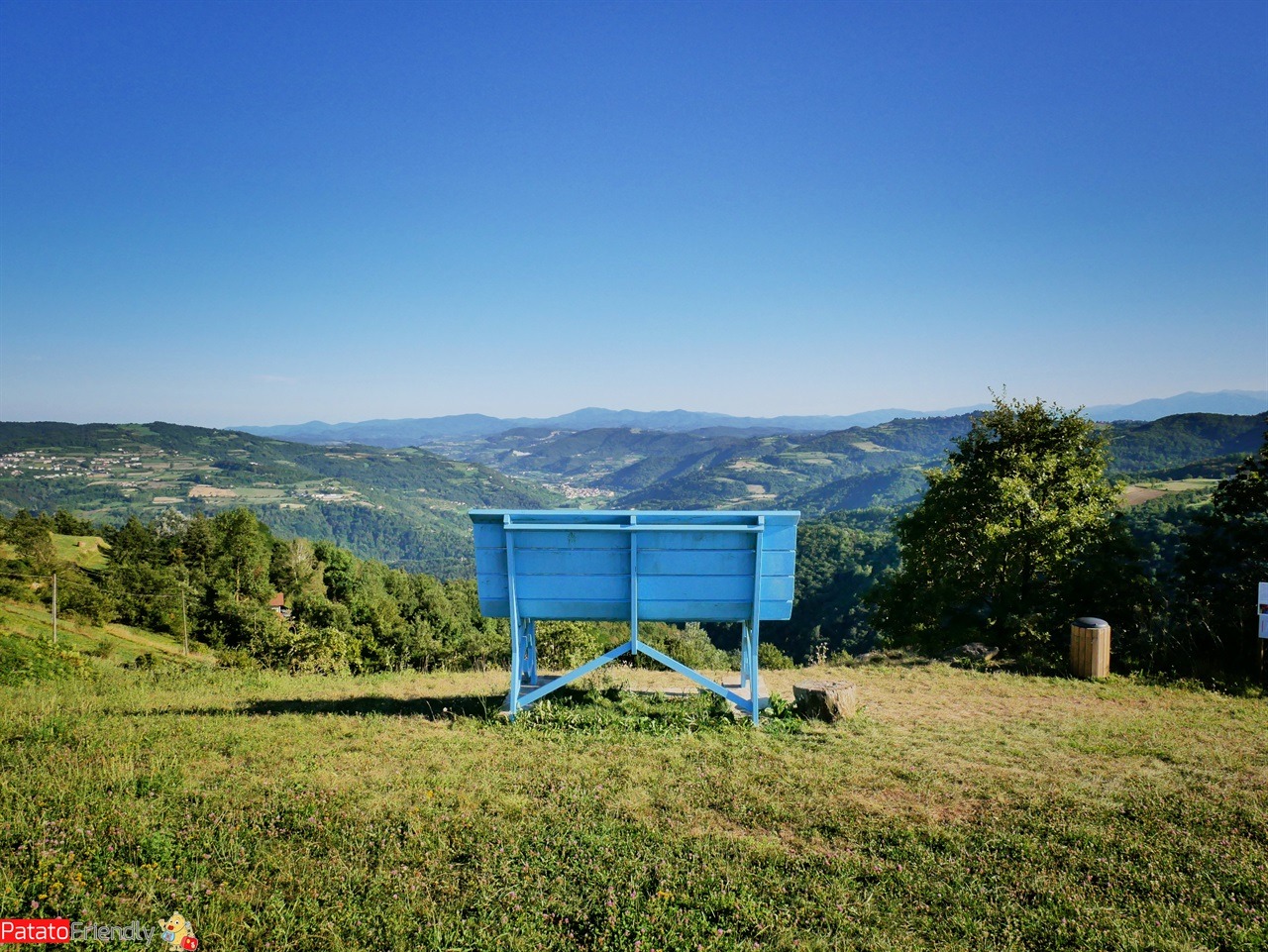
Investing in vineyards in the Langhe region, encompassing towns such as Alba, Barolo, and Barbaresco, presents a unique opportunity for wine enthusiasts and savvy investors alike. The Langhe area is one of the top wine-producing regions in Italy and is globally recognized for its prestigious wines, including the world-renowned Barolo and Barbaresco. These wines are crafted from Nebbiolo grapes, which thrive in the unique microclimate and calcareous clay soils of the region. The high demand and limited supply of these wines create an appealing investment proposition.
Owning a vineyard in this area is not just about the financial returns; it’s about being part of a rich cultural heritage and a prestigious community of wine producers. The vineyards are typically nestled amidst rolling hills and picturesque landscapes that offer breathtaking views and a serene lifestyle. They are often housed within charming farmhouses or historic castles, adding to the allure. With the region’s growing popularity as a wine tourism destination, there are also opportunities to diversify revenue streams, such as by offering accommodation, guided tours, and wine tasting experiences. While vineyard ownership requires a substantial initial investment and ongoing operational costs, the potential returns and the lure of the wine-making lifestyle make it a compelling consideration for many.
Barolo, Italy

Barolo is one of Italy’s most prestigious wine regions, located within the larger Langhe area of Piedmont. It is famous for producing some of Italy’s most revered and sought-after wines, made primarily from the Nebbiolo grape. The factors influencing vineyard prices in Barolo include:
- Location within Barolo: Barolo consists of several communes, and the price can vary significantly based on the specific location. Prestigious areas known for producing top-quality Barolo wines might command higher prices.
- Soil Quality and Terroir: The unique soil composition and microclimate of specific vineyard sites within Barolo are critical factors in determining both the quality of the wine and the price of the land.
- Vineyard Age and Maintenance: Older vines that have been well cared for often produce more complex wines. These vineyards can be more expensive than younger or less well-maintained sites.
- Price Range: The price of vineyards in Barolo can range widely, from around €200,000 per hectare for less prestigious sites to well over €2 million per hectare for vineyards located in the most renowned crus.
- Market Demand: The global reputation of Barolo wines and the limited availability of vineyard land in this coveted region can also drive up prices.
- Regulatory Factors: Italian laws and regulations regarding agricultural land ownership and use can also influence the price and availability of vineyards in Barolo.
Investing in a Barolo vineyard can be a complex undertaking, and prospective buyers should carefully consider working with local experts familiar with the region’s unique characteristics and legal landscape.
Investment in Langhe Vineyards: Partnering with the Best Real Estate Agency
Investing in vineyards can be a lucrative opportunity, but it requires expert guidance and knowledge of the specific region. Langhe, in Italy, is a region that has gained significant prominence for its high-quality wines, especially Barolo. Understanding the investment landscape in Langhe can lead to rewarding returns, but navigating this market necessitates a partnership with a seasoned real estate agency.
Langhe Vineyard Price Range:
The price for vineyards in the Langhe region, particularly in the prestigious areas known for producing Barolo wines, typically falls in the range of:
- $200,000 – $400,000 per acre
Why Invest in Langhe?
- Historical Significance: Langhe’s wine heritage is rich and diverse, with a reputation that spans across the globe.
- Quality Production: Known for the Nebbiolo grapes, the region has stringent quality controls ensuring a high standard of wine.
- Potential for Growth: The market for Langhe wines is expanding, and investing now can yield substantial profits in the future.
Choosing the Right Real Estate Agency:
Selecting the best real estate agency is paramount to ensure a successful investment. Look for agencies that:
- Have Local Expertise: An in-depth understanding of Langhe’s unique landscape, laws, and market trends.
- Provide Comprehensive Services: Assistance with legal, financial, and operational aspects of the purchase.
- Showcase a Strong Portfolio: Proven track record of successful investments in the Langhe region.
Best luxury real estate in Langhe area
The Langhe area in Italy, famous for its world-class wines and UNESCO World Heritage vineyard landscapes, is a prime location for real estate and vineyard investment. There are several renowned real estate agencies operating in this region that can help prospective buyers find the perfect property, whether it’s a vineyard, a historic estate, or a luxury home. Please note, the agencies mentioned below have a strong reputation for their expertise and knowledge in the local real estate market:
- Riva, Lombardi, Sciortino Immobiliare: This agency has been operating in the Langhe and Roero regions for many years and offers a wide range of properties, including vineyards, country houses, and modern apartments. They are known for their personalized service and in-depth knowledge of the local market. They specialize in both residential and commercial properties, as well as vineyards. They are experienced in serving international clients and offer services in English, providing an added convenience for non-Italian speakers. Riva Lombardi Sciortino | Real Estate In Italy Via Palazzo di Città, 11, 14100 Asti AT, Italy Phone: +39 393 758 4599 Website: https://www.rivalombardisciortino.it
- Carratelli Real Estate Via Vittorio Emanuele II, 8, 50028 Tavarnelle Val di Pesa FI, Italy Phone: +39 0577 165 6090 Website: https://www.carratellirealestate.com
- Piedmont Houses – Real Estate in Piedmont Via Vittorio Emanuele II, 12, 12050 Guarene CN, Italy Phone: +39 0173 222 222 Website: https://www.piedmonthouses.com
- Vineyards-Bordeaux (Italia) Via Manzoni, 29, 20121 Milano MI, Italy Phone: +39 02 3031 2851 Website: https://www.vineyardsbordeaux.it
- Piedmont Property Piazza Rossetti 6, 12060 Dogliani (Cuneo), Italy Phone: +39 0173 529 277 Website: https://www.piedmontproperty.com
Remember, when investing in real estate in a foreign country, it is essential to work with a local expert who understands the legal and regulatory landscape. The above-mentioned agencies have a deep understanding of the Langhe real estate market and can guide you in making an informed investment decision.
The Langhe area, recognized as a UNESCO World Heritage site, is a region that boasts luxurious and prestigious properties amidst picturesque landscapes of rolling vineyards, charming hilltop villages, and historical castles. Here’s a highlight of the best luxury real estate options in the Langhe area:
- Historic Vineyard Estates: These properties often include vast vineyards, olive groves, and traditional Italian villas or farmhouses. They provide the opportunity for wine production and often have facilities like wine cellars and tasting rooms.
- Castles and Palazzos: In the Langhe region, you can find stunning historical castles and palazzos converted into luxury residences. These properties usually offer panoramic views of the surrounding vineyards and have been restored to incorporate modern comforts while preserving their historical charm.
- Luxury Villas: These properties typically offer expansive living spaces, landscaped gardens, swimming pools, and breathtaking views of the vineyards and hills. They provide a blend of luxury and tranquility, offering a serene retreat amidst nature.
- Boutique Hotels and Agritourism Properties: These are perfect for those looking to invest in the burgeoning wine tourism industry in the Langhe region. These properties often include comfortable guest accommodations, restaurants, and facilities for wine tasting and vineyard tours.
- Modern Luxury Apartments and Penthouses in Alba: For those who prefer a more urban lifestyle, luxury apartments and penthouses in Alba offer modern amenities and conveniences, often with terraces or balconies providing splendid views of the vineyards and historic cityscape.
Remember that investing in luxury real estate in the Langhe area not only provides a home or an income-generating property but also a piece of the renowned Italian wine heritage. It’s always advisable to work with a trusted local real estate agent who knows the area well and can guide you through the process.
Pricing and Comparison of Vineyards
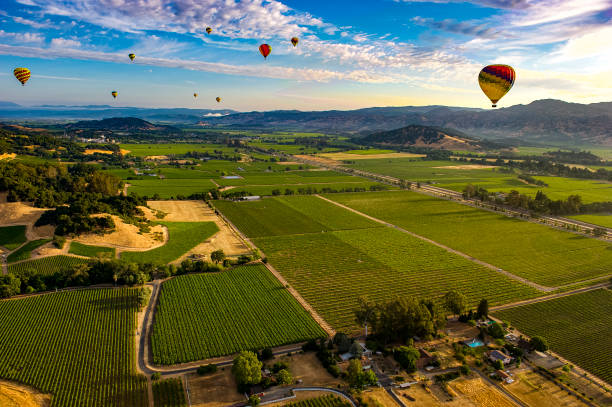
a. Factors Influencing Vineyard Prices
The price of a vineyard is influenced by a complex interplay of various elements that all contribute to its overall value. Location plays a crucial role, with proximity to well-known wine regions, the local climate, and soil quality being key determinants. The vineyard’s size, including the total acreage and the percentage that is plantable, along with the types of grapes grown and their demand in the market, also impact the price. Existing winemaking facilities, equipment, and infrastructure contribute to the valuation, as do brand recognition, reputation, and distribution channels. Additionally, adherence to local and international regulations and the broader economic and market conditions can affect the vineyard’s price, making it a multifaceted assessment that requires careful consideration. The value of vineyards can vary widely based on a multitude of factors, including:
- Location: Proximity to well-known wine regions, climate, soil quality, and scenic views can greatly affect price.
- Size: The total acreage, along with the percentage that is plantable.
- Varietal: The types of grapes grown and their demand in the market.
- Facilities: Existing winemaking facilities, equipment, and infrastructure.
- Brand Recognition: Existing brand equity, reputation, and distribution channels.
- Regulatory Compliance: Adherence to local and international regulations.
- Market Conditions: Economic factors, trends in wine consumption, and investment interest in the region.
b. Price Ranges and Comparisons
| Region | Famous For | Price Range per Acre | Approximate Size |
|---|---|---|---|
| Napa Valley, USA | Cabernet Sauvignon | $300,000 – $600,000 | ~0.75 of a Football field |
| Bordeaux, France | Merlot, Cabernet Franc | $250,000 – $500,000 | ~0.75 of a Football field |
| Langhe, Italy | Barolo, Nebbiolo grapes | $200,000 – $400,000 | ~0.75 of a Football field |
| Mendoza, Argentina | Malbec | $50,000 – $150,000 | ~0.75 of a Football field |
| Barossa Valley, Australia | Shiraz | $75,000 – $200,000 | ~0.75 of a Football field |
Investing in a vineyard involves a significant capital outlay, and the price range can vary considerably depending on the location. To illustrate this, let’s take a hypothetical scenario and assume we are comparing vineyards of the same size and quality across different regions.
In the iconic Napa Valley in the USA, famous for its Cabernet Sauvignon, the price per acre for a vineyard might range between $300,000 to $600,000. Traveling to Europe, Bordeaux in France, the birthplace of world-renowned wines like Merlot and Cabernet Franc, vineyard prices may fall in the range of $250,000 – $500,000 per acre. When it comes to the Langhe region in Italy, particularly the prestigious area producing Barolo wines and the Nebbiolo grapes, you might expect to invest between $200,000 and $400,000 per acre.
Heading to the southern hemisphere, in Mendoza, Argentina, known for its rich, robust Malbec, the investment could be considerably less, with vineyards priced between $50,000 – $150,000 per acre. Lastly, in the Barossa Valley of Australia, famous for Shiraz, the price range is typically around $75,000 – $200,000 per acre.
Remember, these are just example figures to provide a sense of the market and can fluctuate greatly. Numerous factors can influence the price of a vineyard, including the reputation of the wine region, the quality of the soil, the age of the vines, and even the architecture and condition of any buildings on the property. Due diligence and a good understanding of the market are key to finding a good investment opportunity.
Investing in Italian Vineyards: Analysis of Costs and Regions in Italy
| Region | Price Range (per acre) |
|---|---|
| Tuscany (Chianti) | $150,000 – $350,000 |
| Veneto (Prosecco) | $100,000 – $250,000 |
| Piedmont (Barbaresco) | $180,000 – $380,000 |
| Sicily | $50,000 – $200,000 |
| Abruzzo (Montepulciano) | $40,000 – $150,000 |
Investing in a vineyard in Italy involves a substantial capital commitment, with prices fluctuating considerably based on location and other factors. For comparison, let’s consider vineyards of uniform size and quality across various Italian regions.
Tuscany, Italy (Chianti): Tuscany, renowned for Chianti wines and other varieties, might see vineyard prices ranging from $150,000 to $350,000 per acre. The centuries-old winemaking tradition and global demand contribute to this pricing.
Veneto, Italy (Prosecco): In Veneto, home to the famous sparkling wine Prosecco, you might expect to invest between $100,000 and $250,000 per acre. The growing popularity of Prosecco has led to an increased interest in this region.
Piedmont, Italy (Barbaresco): In addition to Barolo, Piedmont is known for Barbaresco. Prices per acre here might range between $180,000 and $380,000. Piedmont’s rich wine heritage, and the prices reflect the quality and reputation of wines produced here.
Sicily, Italy: Sicily, with its array of microclimates and soils, offers a broad range of unique wines. Vineyard prices here can range from $50,000 to $200,000 per acre. Diversity and innovation in winemaking are attracting more investors to this region.
Abruzzo, Italy (Montepulciano d’Abruzzo): In Abruzzo, known for Montepulciano d’Abruzzo, you might find excellent value with vineyards priced from $40,000 to $150,000 per acre. The region is prized for its full-bodied and fruity wines and is an appealing option for those on a tighter budget.
Remember, these figures are illustrative and can vary greatly. Influential factors include the reputation of the wine region, the quality of the soil, the age of the vines, and the architecture and condition of any on-site buildings. Thorough due diligence and a deep understanding of the market are essential for identifying a solid investment opportunity in the Italian vineyard landscape.
c. Investing in Italian Vineyards Considerations
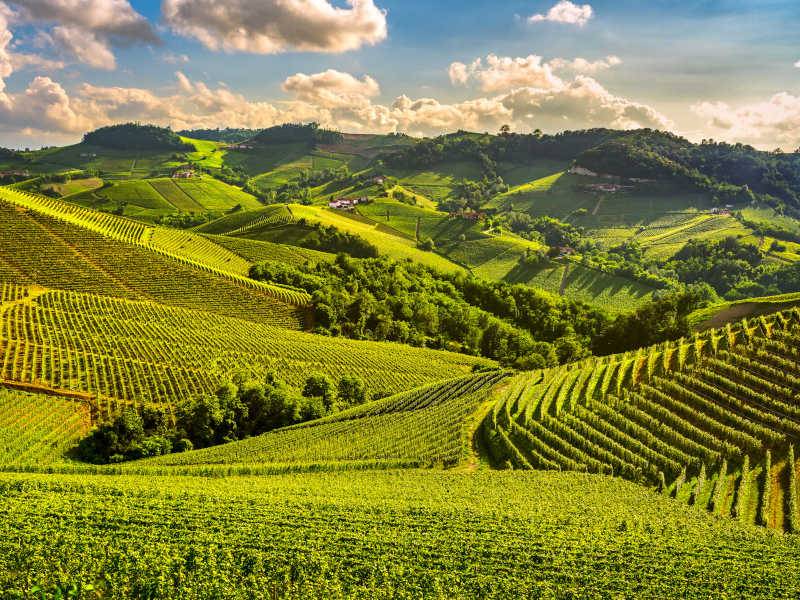
Investing in a vineyard requires thorough analysis and consideration of various aspects. An investor must understand:
- Return on Investment (ROI): Calculating potential ROI requires a detailed understanding of production costs, potential yield, market prices, and sales channels.
- Operating Costs: Maintenance, labor, equipment, marketing, and distribution costs.
- Risks and Challenges: Climate-related risks, regulatory compliance, market fluctuations, and dependence on specific grape varieties or winemaking techniques.
- Appreciation Potential: Long-term value growth based on location, improvements, market trends, and other factors.
Historical and Current Context
Wine has played an integral part in human civilization for thousands of years. From its humble beginnings in ancient Mesopotamia to its revered status in contemporary culture, the production and enjoyment of wine have evolved alongside humanity itself.
In modern times, the wine industry has expanded into a multi-billion dollar global business. From the vineyards of France and Italy to the emerging markets in South America and Asia, wine is more than just a beverage; it’s a symbol of culture, refinement, and commerce.
b. Significance of Investment in Vineyards and Wineries
Investing in vineyards and wineries has become an attractive proposition for individuals, corporations, and investment funds. With land appreciation, potential profitability from wine production, and the prestige associated with owning a vineyard, these investments have unique appeal. They also offer opportunities for diversification in an investment portfolio.
However, investments in this sector are not without risk. The delicate balance of science and art in winemaking, fluctuations in market demand, and the impact of global phenomena like climate change can create unpredictable challenges.
c. Analysis Objectives
This report aims to provide a comprehensive analysis of the opportunities and risks associated with investing in vineyards and wineries. By examining different regions, the influence of climate change, and the dynamics of rustic and residential properties in wine regions, the report will offer insights to potential investors, industry stakeholders, and policymakers.
Investment Funds and Langa
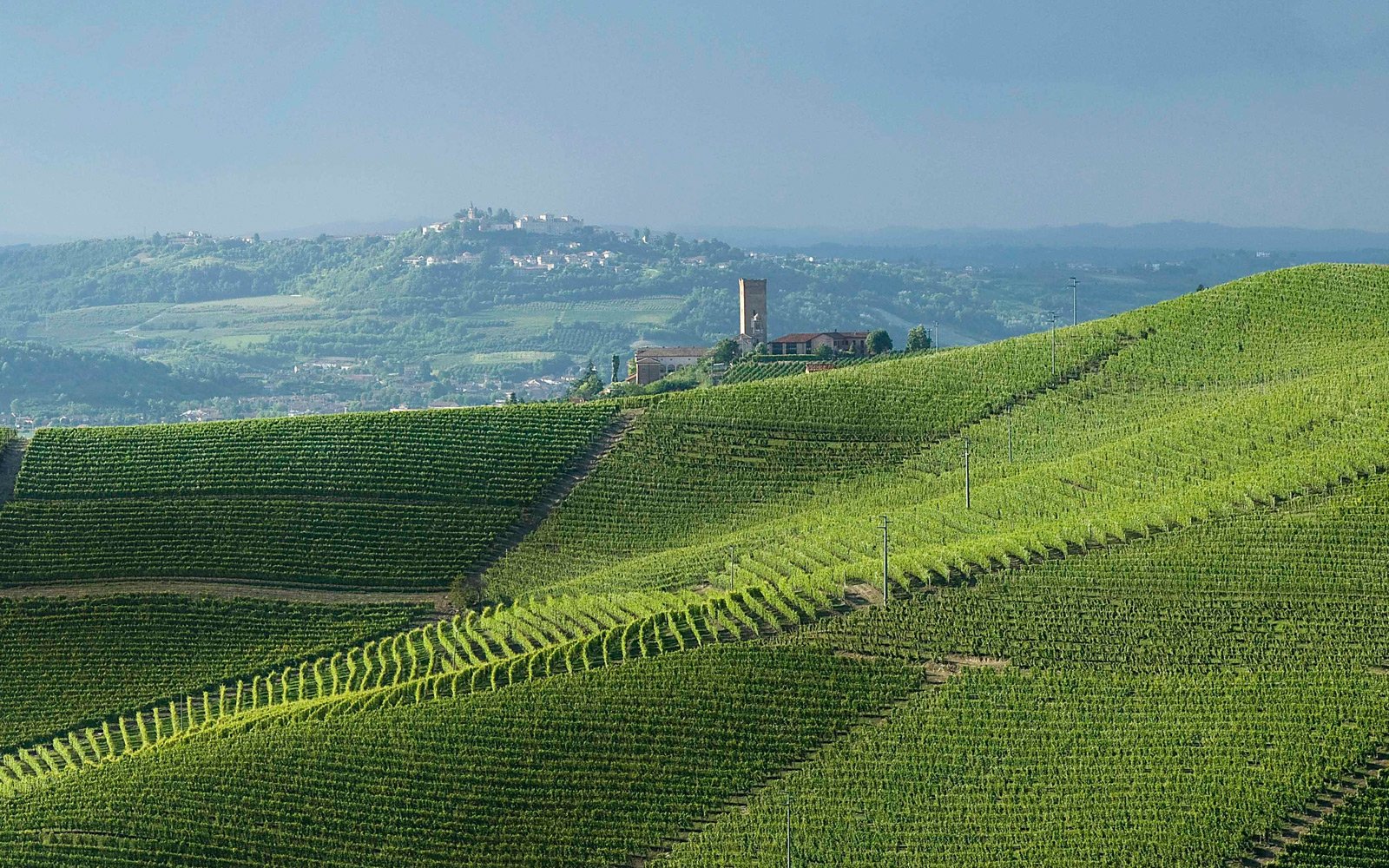
a. Interest of Investment Funds in Unesco Hills
The designation of vineyard landscapes as UNESCO World Heritage Sites has drawn significant interest from investment funds. These unique territories, often with a rich cultural heritage, present both financial opportunities and ethical considerations. Investment in the Langhe-Roero and Monferrato areas is an example of how international funds have recognized the value of preserving and promoting these exquisite landscapes, while seeking financial returns.
b. Langa, Barolo and the Importance of Terroir
The region of Langa, particularly renowned for Barolo wine, has been a significant focus for investors and wine enthusiasts alike. The concept of terroir, referring to the unique combination of natural factors such as soil, topography, and climate, is especially poignant in Langa.
Barolo, often referred to as the “king of wines,” encapsulates the essence of terroir, and its production has been perfected over centuries in the region. Investment in this area is not merely a financial venture; it’s a commitment to preserving a tradition and a specific way of life.
The Influence of Climate Change in Langhe area
a. Vulnerability of Vineyards
Climate change poses a serious and complex threat to the wine industry. Rising temperatures, shifting weather patterns, and increasing frequency of extreme weather events can have devastating effects on vineyards. Some regions that were once considered ideal for specific grape varieties may become unsuitable, while others may benefit from these changes.
Investors and winemakers must recognize the vulnerability of vineyards to these changes and take proactive steps to mitigate risks.
b. Adaptation and Mitigation Strategies
Adaptation strategies can include diversifying grape varieties, investing in water management, and exploring innovative agricultural practices. Some vineyards are experimenting with different planting techniques, shade strategies, and even relocating to more suitable microclimates.
Mitigation strategies are focused on reducing the carbon footprint of the wine production process. This may include utilizing renewable energy, minimizing waste, and engaging in sustainable viticulture practices.
Rustic and Residential Properties in Wine Regions
a. Appreciation of Rustic Properties
Rustic properties in wine regions have been appreciating in value due to their cultural appeal, scenic landscapes, and potential profitability. For investors looking for long-term growth, these properties can offer attractive opportunities. But the valuation is often more complex and involves understanding the potential for wine production, tourism, and the overall cultural value of the property.
b. Residential Investment in Wine Regions
In addition to rustic properties, residential investments in wine regions are becoming increasingly popular. Whether as a primary residence, vacation home, or rental property, owning a piece of wine country is an alluring proposition. However, understanding local regulations, the potential impact of tourism, and the intricacies of living in an agricultural area can be crucial in making sound investment decisions.
Can the fine wine market maintain its performance? | FT Wealth

Conclusion
Investing in vineyards and wineries presents a unique set of opportunities and challenges. From understanding the nuances of terroir to navigating the impacts of climate change, investors must approach this sector with caution and insight. By recognizing the cultural, environmental, and financial facets of these investments, one can appreciate the complexity and rewards of engaging with the wine industry.
Please let me know if there are specific areas you would like to explore further or if you have any revisions or additional requests.
